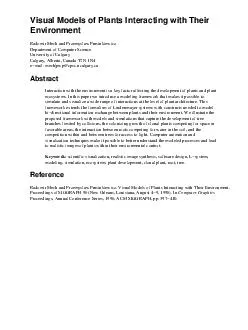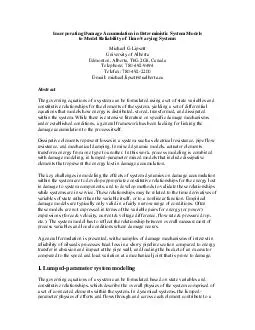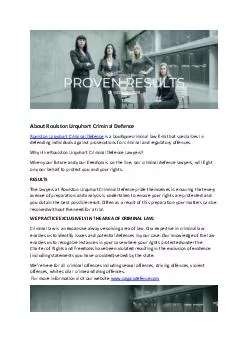PDF-Visual Models of Plants Interacting with Their Environment Radomir Mech and Przemyslaw
Author : myesha-ticknor | Published Date : 2014-12-27
ucalgaryca Abstract Interaction with the environment is a key factor affecting the development of plants and plant ecosystems In this paper we introduce a modeling
Presentation Embed Code
Download Presentation
Download Presentation The PPT/PDF document "Visual Models of Plants Interacting with..." is the property of its rightful owner. Permission is granted to download and print the materials on this website for personal, non-commercial use only, and to display it on your personal computer provided you do not modify the materials and that you retain all copyright notices contained in the materials. By downloading content from our website, you accept the terms of this agreement.
Visual Models of Plants Interacting with Their Environment Radomir Mech and Przemyslaw: Transcript
Download Rules Of Document
"Visual Models of Plants Interacting with Their Environment Radomir Mech and Przemyslaw"The content belongs to its owner. You may download and print it for personal use, without modification, and keep all copyright notices. By downloading, you agree to these terms.
Related Documents














